IPO Terminology
- Offering price: The price at which a company plans to sell its shares to the public.
- Underwriter: A financial institution that helps the company in going public by buying the shares and selling them to the public.
- Prospectus: A document that provides detailed information about the company’s financials, operations, and other relevant information to potential investors.
- Securities and Exchange Commission (SEC): The government agency that regulates and oversees the securities markets in the United States.
- Public offering: The process of selling shares of a private company to the public for the first time.
- Roadshow: A series of meetings held by the company with potential investors to promote the IPO.
- Lock-up period: The period of time during which insiders, such as company executives and employees, are prohibited from selling their shares after the IPO.
- Green shoe option: An option that allows underwriters to buy additional shares from the company in case of high demand.
- Allocation: The process of distributing shares to investors who have subscribed to the IPO.
- Listing: The process of the company’s shares being listed and traded on a stock exchange.
- IPO market: The market where new companies issue shares to the public for the first time.
- IPO filing: The process of a company submitting its registration statement with the SEC in order to become publicly traded.
- Secondary offering: A subsequent offering of shares by a company that is already publicly traded.
- Dilution: The reduction in ownership percentage of existing shareholders due to the issuance of new shares in an IPO.
- Market capitalization: The total value of a company’s outstanding shares, calculated by multiplying the number of shares by the market price.
- Book-building: The process of determining the demand for shares in an IPO by allowing investors to place orders at different prices.
- Shareholders: Owners of the company’s shares.
- Lead underwriter: The main investment bank that manages the IPO process.
- Grey market: A market where unlisted securities are traded before the official listing on a stock exchange.
- Red herring prospectus: An initial version of the prospectus that includes tentative pricing information.
- Final prospectus: The final version of the prospectus that includes the final pricing information.
- Issuer: The company that is issuing the shares in an IPO.
- Registration statement: A document filed with the SEC that discloses detailed information about the company and its financials.
- Primary market: The market for new securities, such as an IPO.
- Secondary market: The market for trading previously issued securities, such as shares that have already been issued in an IPO.
- Investment banker: The financial institution that underwrites and manages the IPO process.
- Offering size: The total number of shares being offered in an IPO.
- Demand-supply ratio: The ratio of the total number of shares demanded by investors to the total number of shares being offered in an IPO.
- Initial shareholders: The shareholders who own the company before it goes public.
- Market makers: Financial institutions that facilitate trading of securities by maintaining a bid-ask spread.
Copyright © 2024 Finance Abhi | Powered by Finance Abhi
